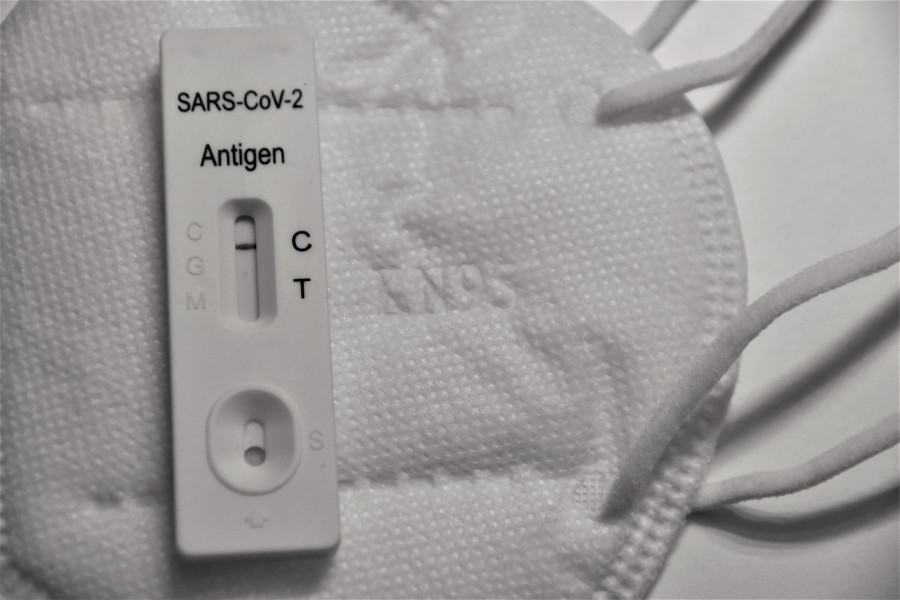
Search
COVID-19 Wage Subsidy: Outcome evaluation

Published: 2023
Authors: Dean Hyslop, Dave Maré, Shannon Minehan
Wage Subsidy Scheme
kept firms and workers active
and softened the blow
The COVID-19 pandemic has caused substantial disruption in social and economic activity since March 2020. The New Zealand Government reacted early, introducing stringent lockdowns to restrict the spread of the virus. At the same time, it introduced a series of economic policies designed to support the health response. The largest was the COVID-19 Wage Subsidy Scheme (WSS).
The WSS was a high-trust policy, giving subsidy payments to firms that expected to have a substantial drop in revenues because of the pandemic. The objectives of the WSS were to:
- avoid widespread layoffs
- help firms maintain employment relationships with their workers
- maintain workers’ incomes to help meet their essential needs during lockdown periods.
This paper analyses the impacts of the WSS on both firm and worker level economic outcomes. We adopt a ‘doubly-robust’ estimation approach, that uses propensity score methods both to match subsidy receiving firms to similar non-subsidised firms, and to weight the outcomes analysis. Our analysis focuses on the first four WSS-waves: the March 2020 (Original), Extension, Resurgence and March 2021 waves.
First, we analyse if the WSS reached the intended people and businesses. For the March 2020 wave, subsidised firms experienced substantially greater revenue declines than unsubsidised firms: the modal reduction in revenue for subsidised firms was about 50%. We also observe larger revenue losses relative to a year earlier for subsidised firms in the Extension and Resurgence waves, but revenue changes for the March 2021 wave are confounded by the March 2020 effects. The subsidy payments were tied to firms, so it was less effective in supporting more precarious jobs and workers.
Second, we analyse the effects of the WSS on firm survival and resilience over the short (6 months) and medium (12 months) term. We estimate receiving WSS payments positively affected firm survival rates over the following 12 months for three of the four WSS waves. However, subsidised firms experienced slower subsequent employment growth than non-subsidised firms.
Third, we analyse the effects of the wage subsidy scheme on worker level outcomes. We estimate positive effects of WSS receipt on job-retention over both the short term (6-months) and medium term (12-months) for the March 2020, Extension and March 2021 waves; and roughly zero effects for the Resurgence wave. We also find positive employment effects for workers over the short term for the March 2020, Extension and March 2021 waves, and over the medium term for the March 2020 and Extension waves; and slightly negative effects for the Resurgence wave. However, conditional on being employed, we estimate workers who received March 2020 wage subsidy payments experienced slower subsequent monthly earnings growth than comparable non-subsidised workers. The estimates for the later waves are more mixed.
We find no compelling evidence the WSS supported non-viable firms. However, the higher survival rate and lower employment growth of subsidised firms suggests the WSS may have kept firms with poorer growth prospects in operation. We also find no systematic evidence firms did not comply with their obligations to pass on subsidy payments to workers and endeavour to pay them at least 80% of their usual earnings. However, we find some subsidy receiving firms paid workers at either the part-time or full-time subsidy rate, or at 80% of their prior earnings, during periods of subsidy receipt. This was relatively more likely to occur during the original (March 2020) subsidy wave, and to a lesser degree the Extension-wave.
Citation
Dean Hyslop, Maré, D, Minehan, S. 2023. “COVID-19 Wage Subsidy: Outcome evaluation". Motu Working Paper 23-03. Motu Economic and Public Policy Research. Wellington, New Zealand.
DOI: 10.29310/WP.2023.03
Funders
Ministry of Social Development
Research related to this
Covid-19 wage subsidy support and effects COVID-19 Wage Subsidy: Outcome Evaluation - Value for Money
COVID-19 Wage Subsidy: Outcome Evaluation - Value for Money 


Level 1, 97 Cuba Street, PO Box 24390
Wellington 6142, New Zealand
Phone: 64 4 939 4250

